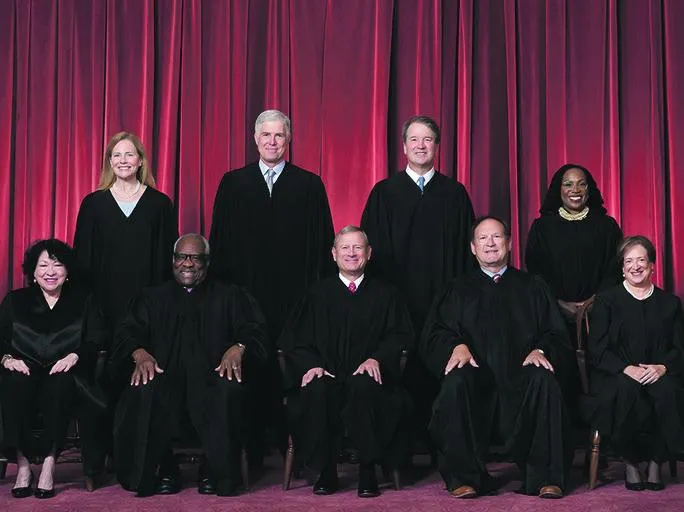In the UK we are used to Parliament being the law-making body for the nation. But a recent ruling by the UK Supreme Court on the meaning of “sex” for the purposes of gender discrimination showed that sometimes it’s the Supreme Court that has the final word.
How the US Supreme Court works
Our Supreme Court is not yet 20 years old and is only just beginning to make its mark. The United States Supreme Court, on the other hand, was created back in 1789 as a coequal branch of the federal government, alongside Congress and the Presidency. It even has the power to declare Acts of Congress unconstitutional, and thereby null and void. (The UK Supreme Court has no comparable power.) Through this power, the US Supreme Court has become the final arbiter of what the laws mean and, most importantly, what the Constitution means. That’s why most important cases of legal and constitutional importance end up there.
The Court is made up of nine justices – appointed (for life) by the President with the consent of the Senate (the upper chamber of Congress). It matters as to whether a justice is appointed by a Democratic or Republican president. Democrats tend to appoint justices more likely to be liberal; Republican appointees are more likely to be conservative. At the moment there are only three Democratic appointees on the Court, but six Republican appointees including three Trump appointees from his first term. But it’s never quite as simple as that. Cases before the Court are often complex, and justices are not automatons, sometimes coming up with surprising decisions.










